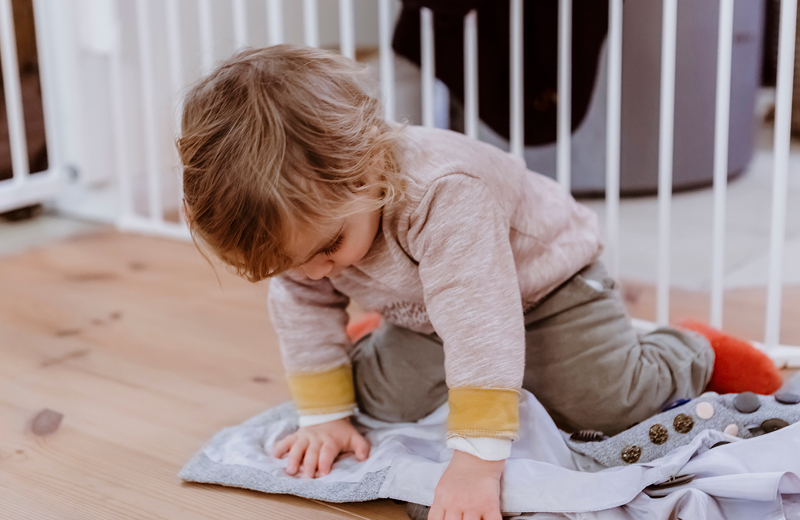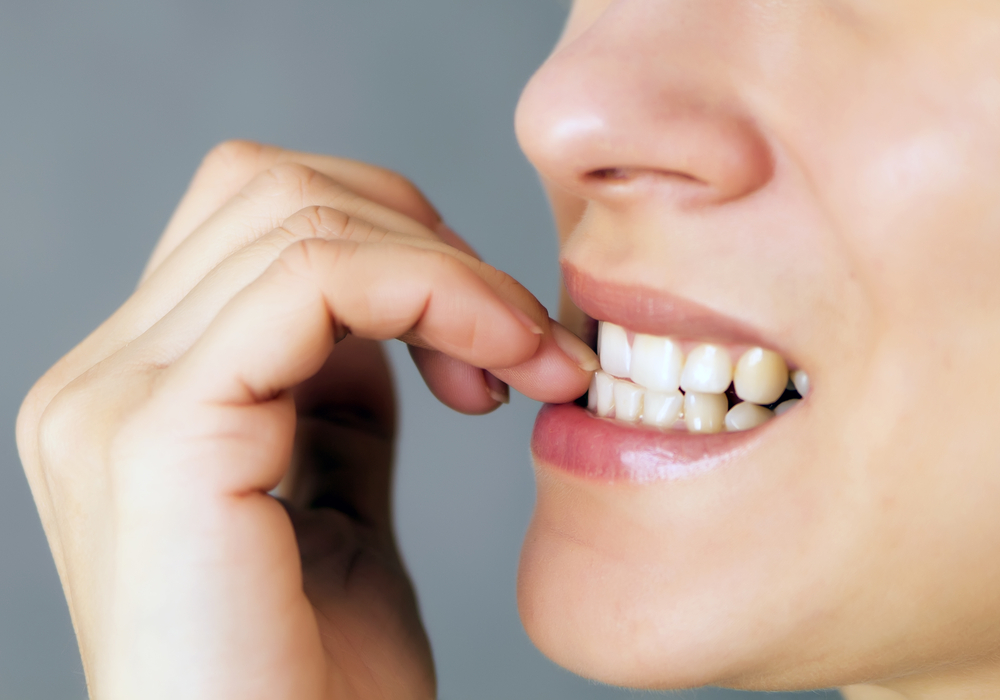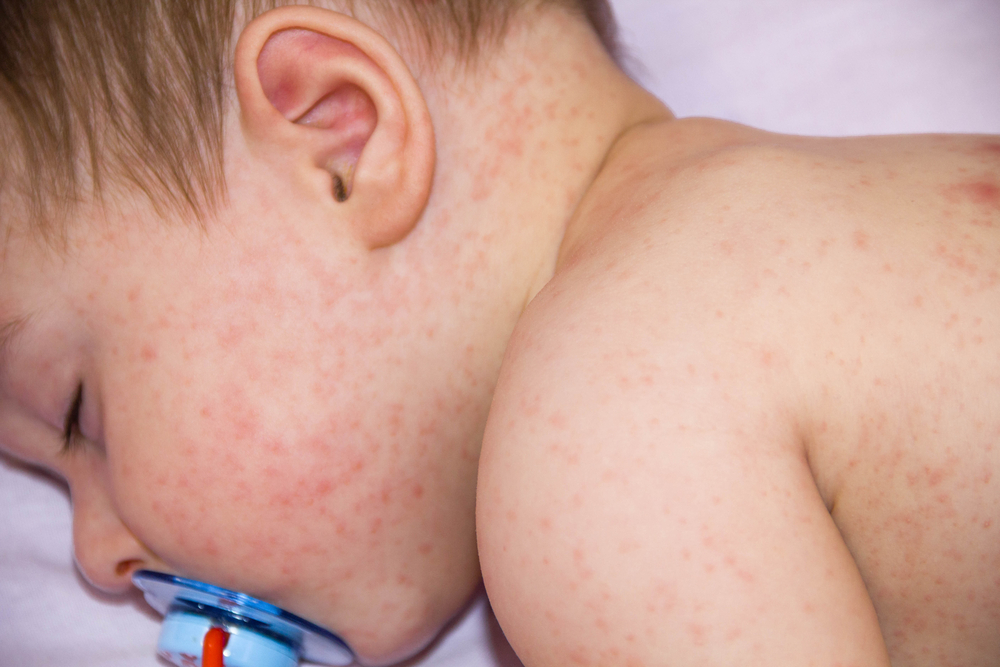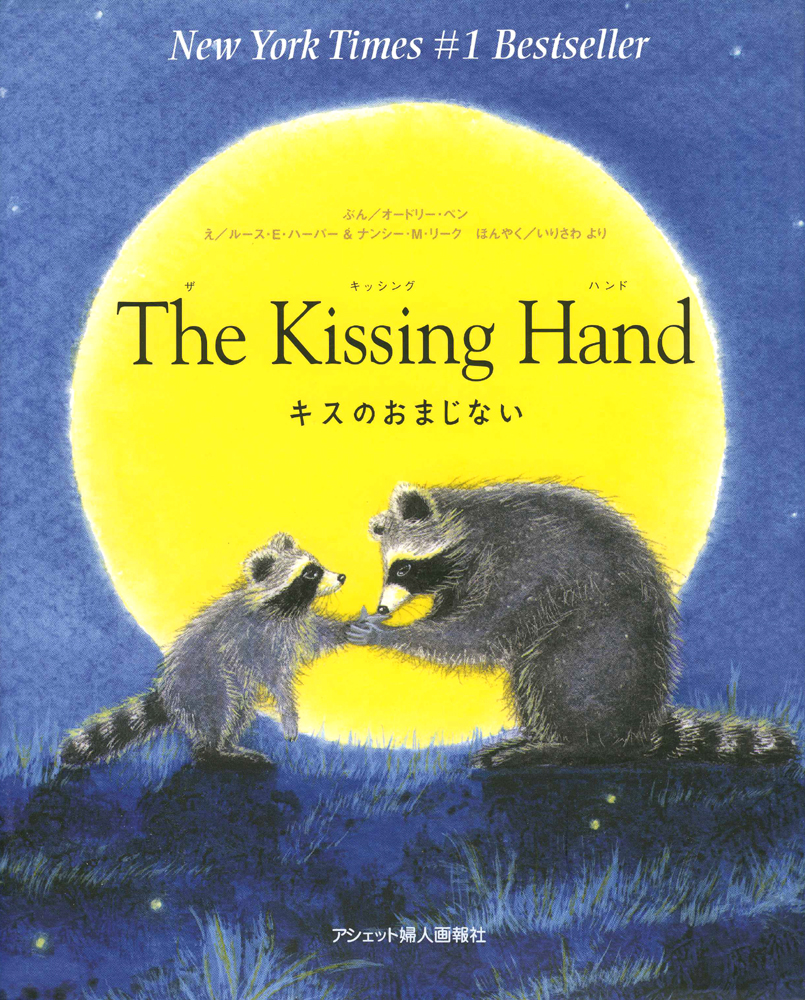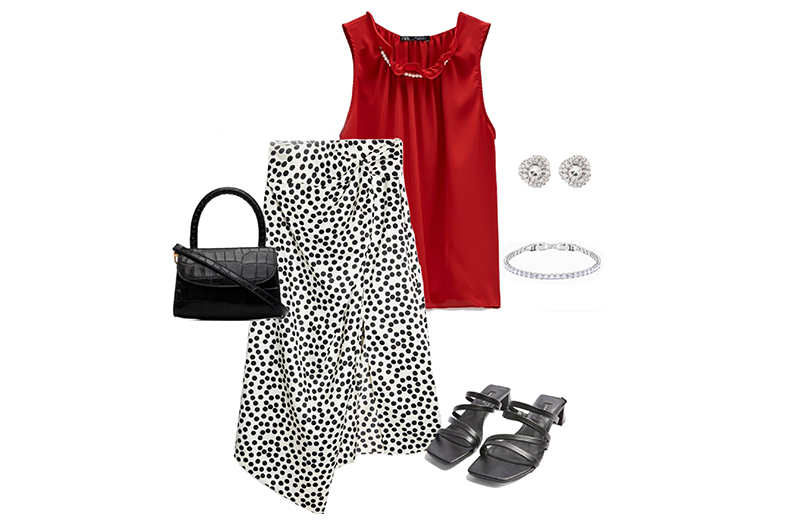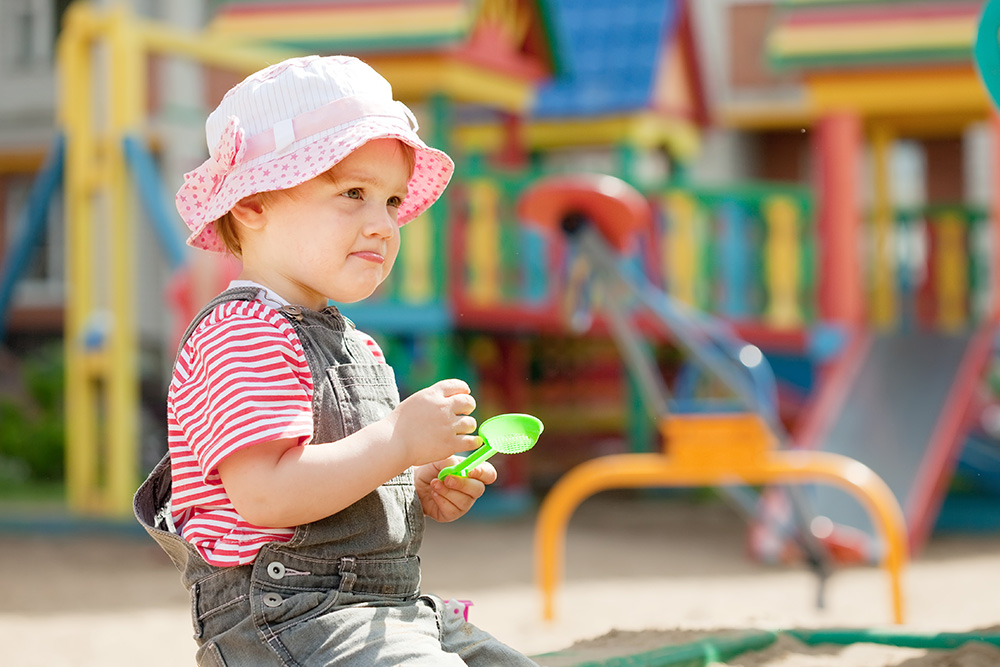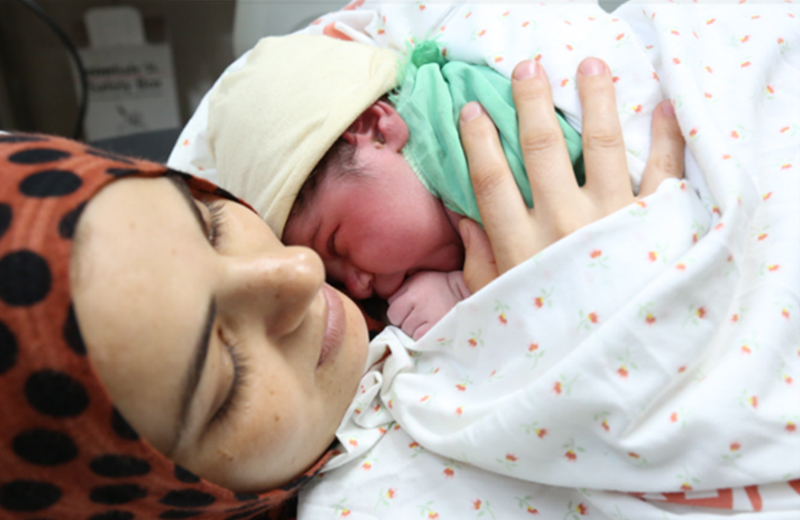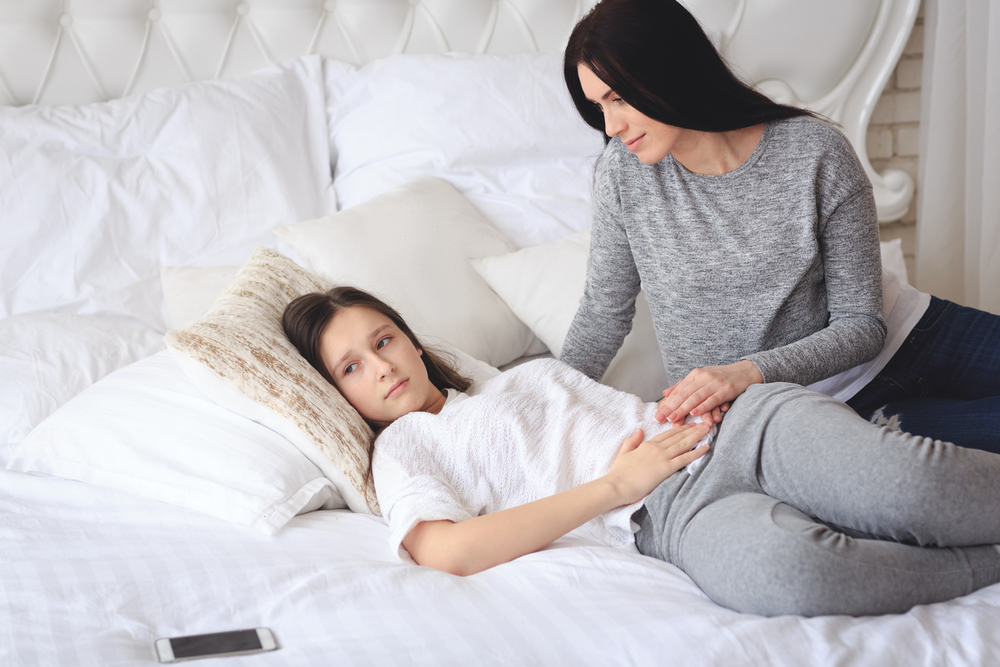Infants health
Cradle cap: Causes and ways for treatment
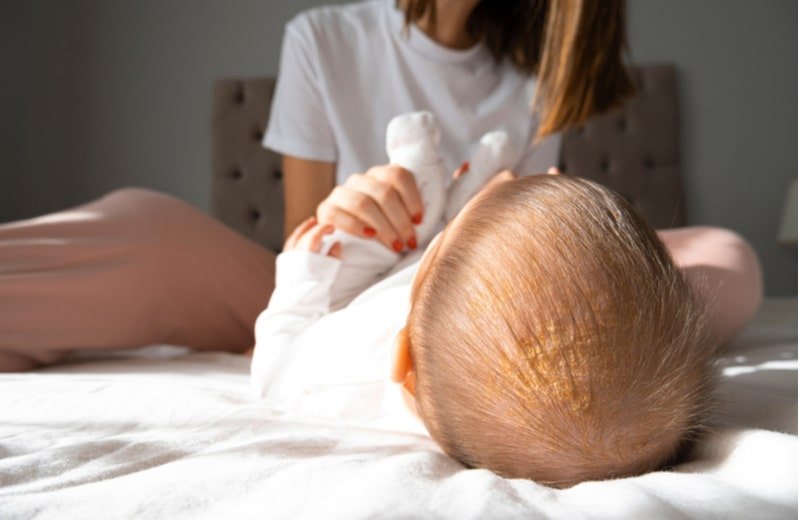
By: Dr Maha Muhtaseb, Consultant Pediatrician
For many moms, it is known that having dandruff in their baby’s scalp is normal and usually clears up on its own.
But there is another health condition that affects some babies, causing oily scaly yellow patches to appear on the baby’s scalp, called cradle cap. In this article, I will be discussing this unharmful common skin condition. What is causing it? And which home care remedies can we do to make it better?
What is Cradle cap?
Cradle cap is the common term for infantile seborrheic dermatitis. It's sometimes confused with another skin condition, atopic dermatitis. A major difference between these conditions is that atopic dermatitis usually causes significant itching.
Cradle cap is a harmless skin condition that's common in babies. It usually clears up on its own, but there are things you can try to make it better. About 7 out of 10 babies develop cradle cap between two and six weeks of birth, and it usually disappears over weeks or months and typically isn't seen after 12 months of age. It is not contagious, itchy, or painful and does not bother your baby, and it is not caused by an allergy, poor hygiene, infection, or fungus and will not leave scars.
Cradle cap can look like patches of greasy yellow crusts that aren't easy to remove. The crusts can flake and make the skin look red, and they can appear on other parts of the body, like the eyebrows, nose, and diaper area.
What causes Cradle cap?
The exact cause of infant seborrheic dermatitis is still unknown. Overproduction of your baby's oil-producing sebaceous glands or a type of yeast in the oil may contribute to your baby's condition. The glands are on the baby's scalp. Scientists think the changing hormone levels in the mother's body during pregnancy may cause a baby's sebaceous glands on the scalp to overproduce. Normal skin cells are naturally shed in a process called desquamation. However, these cells remain stuck to the scalp if there is an abundance of oil; this causes no harm to your baby.
The role of yeast (fungus) called Malassezia that grows in the sebum is not clear as it may be present in normal infants and other dermatological conditions B
Lifestyle and home remedies
Cradle cap is usually self-limited, resolves spontaneously, and doesn't require medical treatment.
The following over-the-counter and home care tips can help you control and manage cradle cap.
- Gently rub your baby's scalp with your fingers or a washcloth to loosen the scales.
- Wash your baby's hair daily with mild baby shampoo; this can help you loosen and remove the scales. Don't scratch cradle cap.
- Loosen the scales with a small, soft-bristled brush or fine-toothed comb before rinsing off the shampoo.
- If the scales don't loosen easily, rub a few drops of mineral oil onto your baby's scalp. Let it soak into the scales for a few minutes or hours if needed. Then brush and shampoo your baby's hair as usual. If you leave the oil in your baby's hair, the cradle cap may get worse.
Once the scales are gone, wash your baby's hair every two to three days with a mild shampoo since it washes away some of the extra oils and hence prevents scale buildup.
When to consult your doctor?
- If frequent shampooing doesn't work, or if the rash is affecting the neck, the armpit, the diaper area, or other areas beyond the scalp.
- If the cradle cap continues beyond 12 months of age.
- If and rarely, the area may become infected, forming pimples or blisters, foul odor, or draining liquid.
Medical treatment
- Don't use over-the-counter cortisone or antifungal creams without talking to your baby's doctor, because some of these products can be toxic when absorbed through a baby's skin.
- A short course of low potency topical corticosteroids is generally safe when used for a short duration
- Anti-fungal cream or shampoo may be used but with little data about its safety in infants.
- Always consult your doctor because some of these products can be toxic when absorbed through a baby's skin.
- Dandruff shampoos that contain salicylic acid aren't recommended for use in babies either, because they can be absorbed through the skin.

